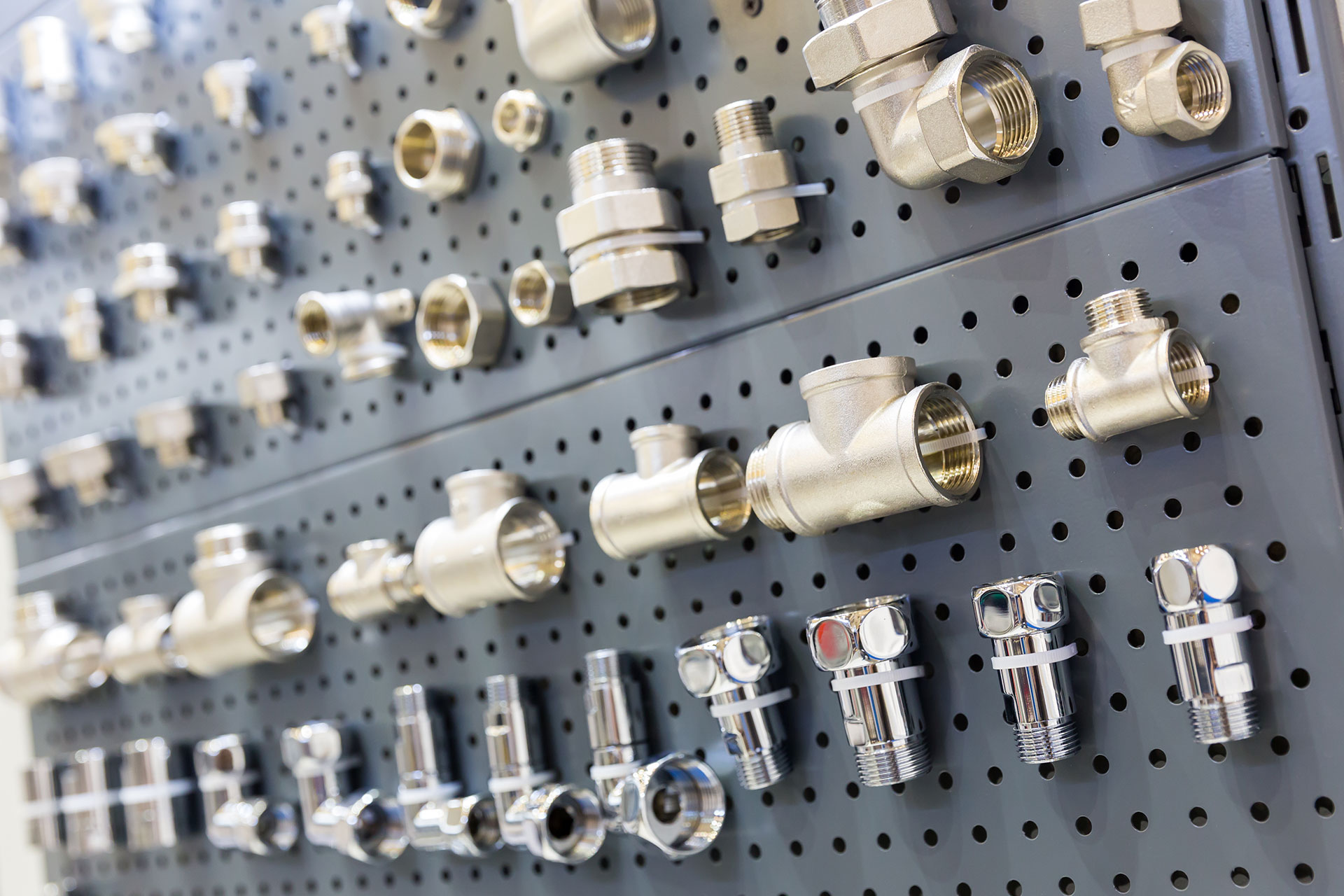
20 Feb Types of Pipe Fittings in a Plumbing System
1. Elbow Pipe Fittings
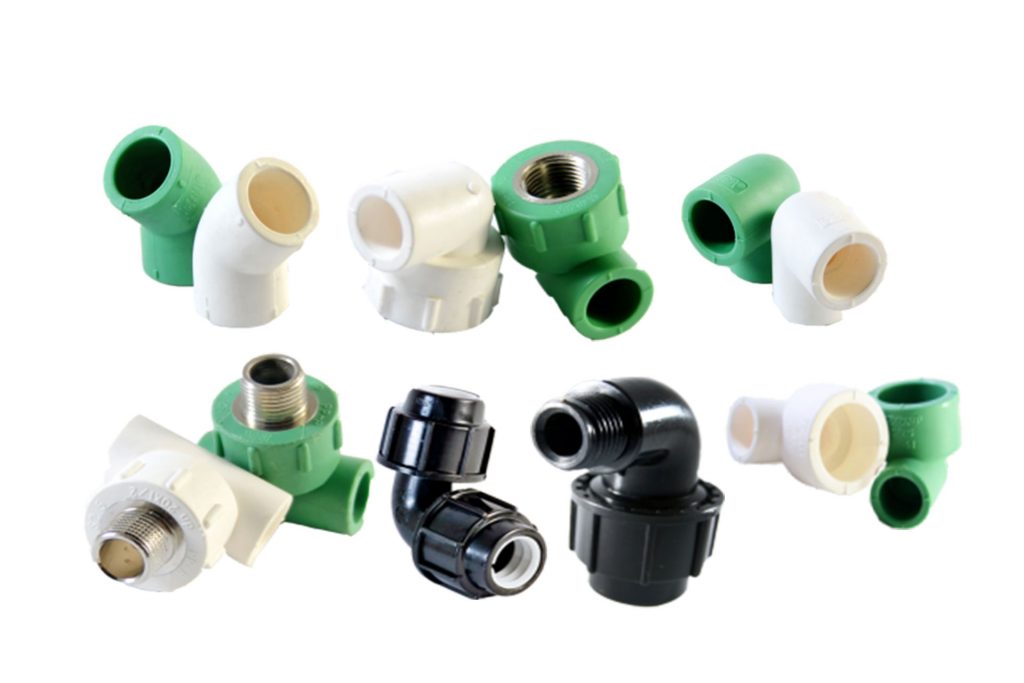
Elbow pipe fittings are used to change the direction of flow between two pipes. They are available at 90° angle, 45° angle, and 22° angle to help direct the flow of water, depending on how you want it. Take note that if the pipes you are using both have the same diameter, use a normal elbow. If not, use a reducer elbow.
2. Reducer Pipe Fittings
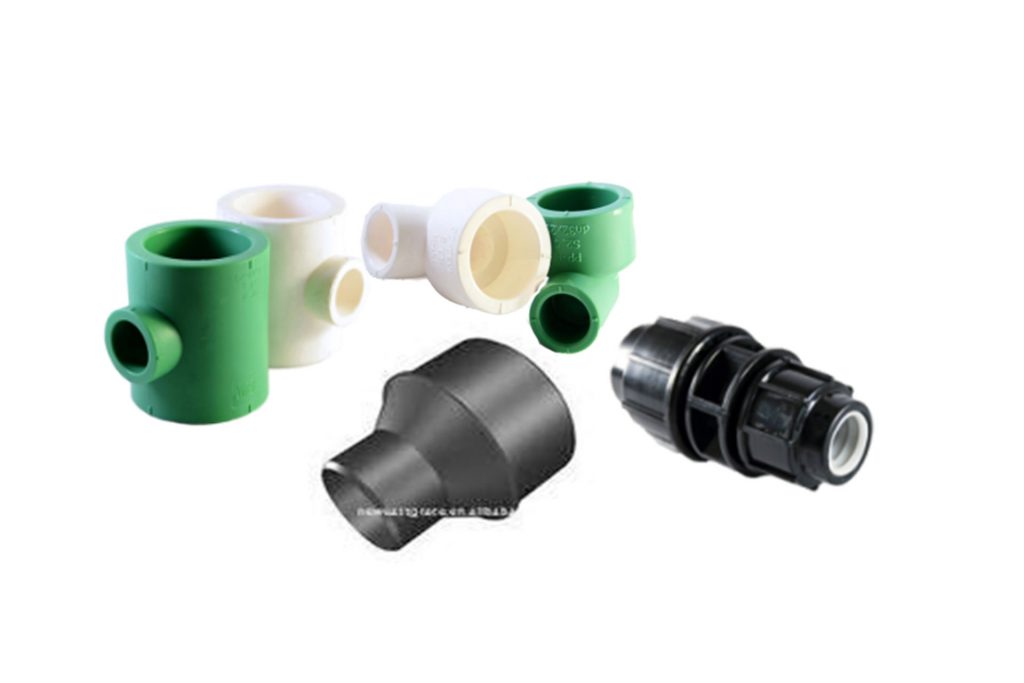
A reducer is a pipe fitting component that reduces the flow size from larger to smaller by reducing the size of the pipe. This fitting helps you to adjust the connection of the pipe without interrupting the water flow.
3. Tee Type Pipe Fitting
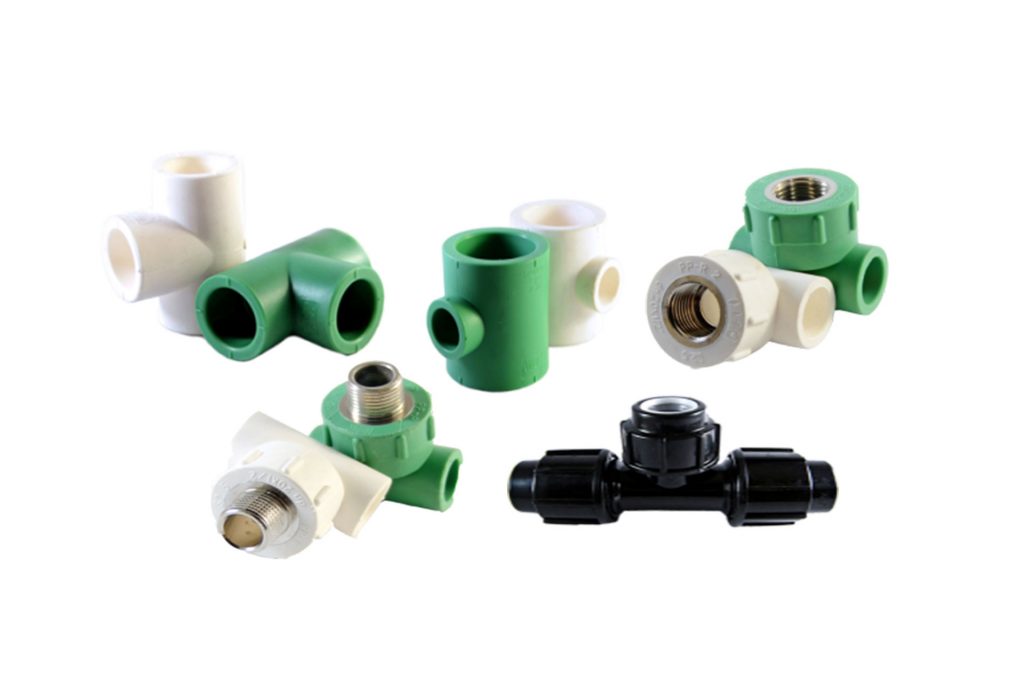
A T-shaped part of the plumbing system is a Tee style fitting. It has one inlet and two outlets, with the outlets angled at 90 degrees to the mainline link. It can also be used to merge two inlets into a single outlet. An Equal Tee is a T-fitting with three sides that have the same size. When the three sides of a T-fitting are the same size, it is referred to as an Equal Tee or Straight Tee; otherwise, it is referred to as a Reducing Tee or Unequal Tee.
4. Cross Type
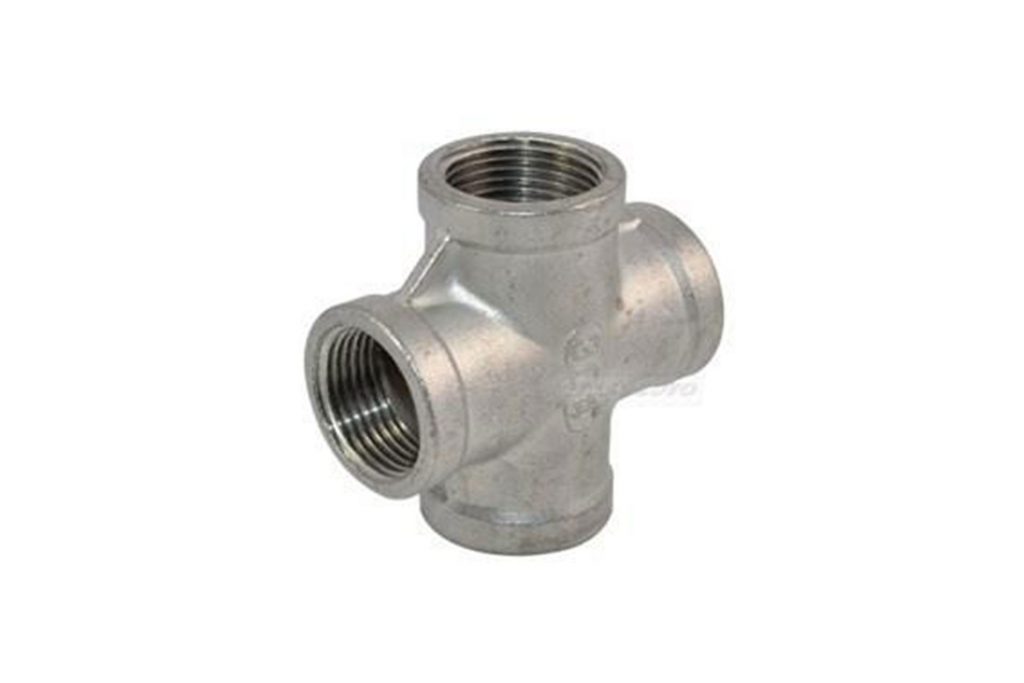
Cross-type fittings have four openings in four different directions. These are connected when there are 4 pipes are meeting at a point. These fittings generate more amount of stress on pipe as the temperature changes, because they are located at the center of four connection points. Cross fittings are generally used for fire sprinkler systems.
5. Coupling
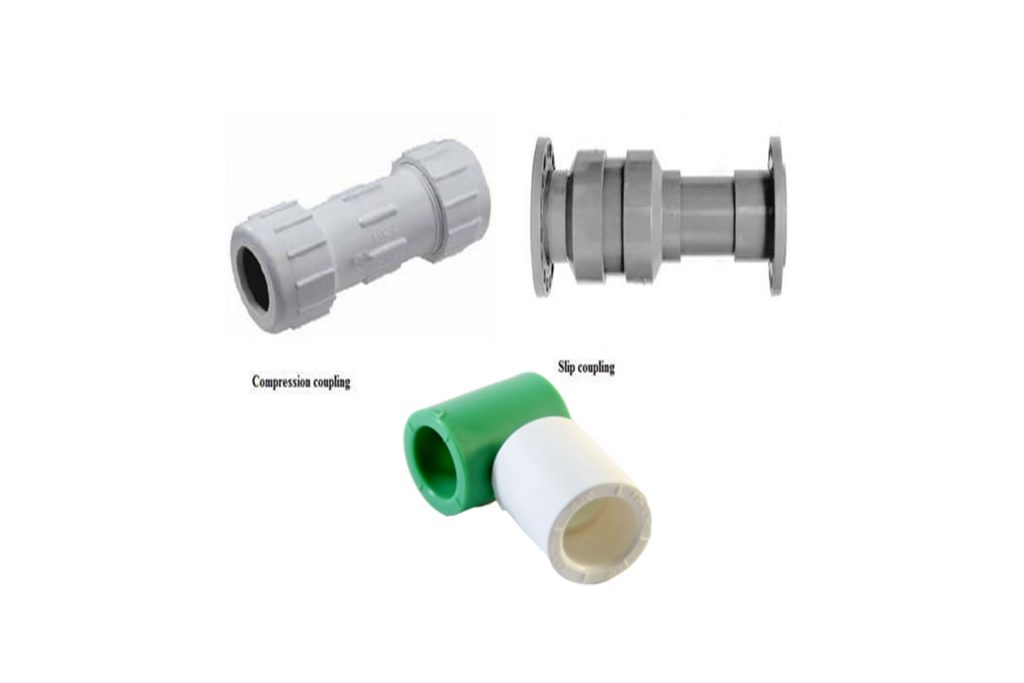
To link pipes of the same diameter, the coupling is used. Couplings are also useful if the pipe breaks or if there is a leak. There are two types of couplings available in general: slip coupling and compression coupling. A compression coupling is a standard coupling that connects two pipes and prevents leakage by using gaskets or rubber seals on both sides if the glue is not available. Slip couplings are simpler to install and consist of two pipes that are arranged one after the other, with the inner pipe sliding up to a certain length. As a result, slip coupling may be used to repair long lengths of damaged tubing.
6. Unions
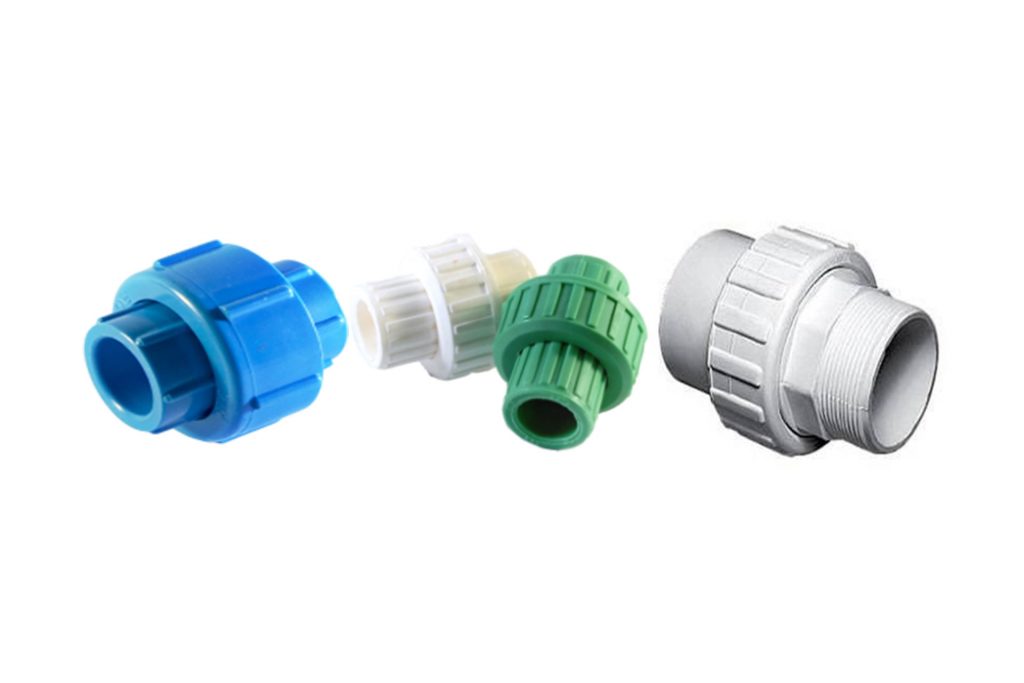
A union is a form of fitting that works similarly to a coupling. However, while couplings cannot be replaced once they have been fixed, the union can be removed at any time. Unions are made up of nut, male threads, and female threads. As a result, this is also useful for maintaining the pipe’s purpose.
7. Adapters
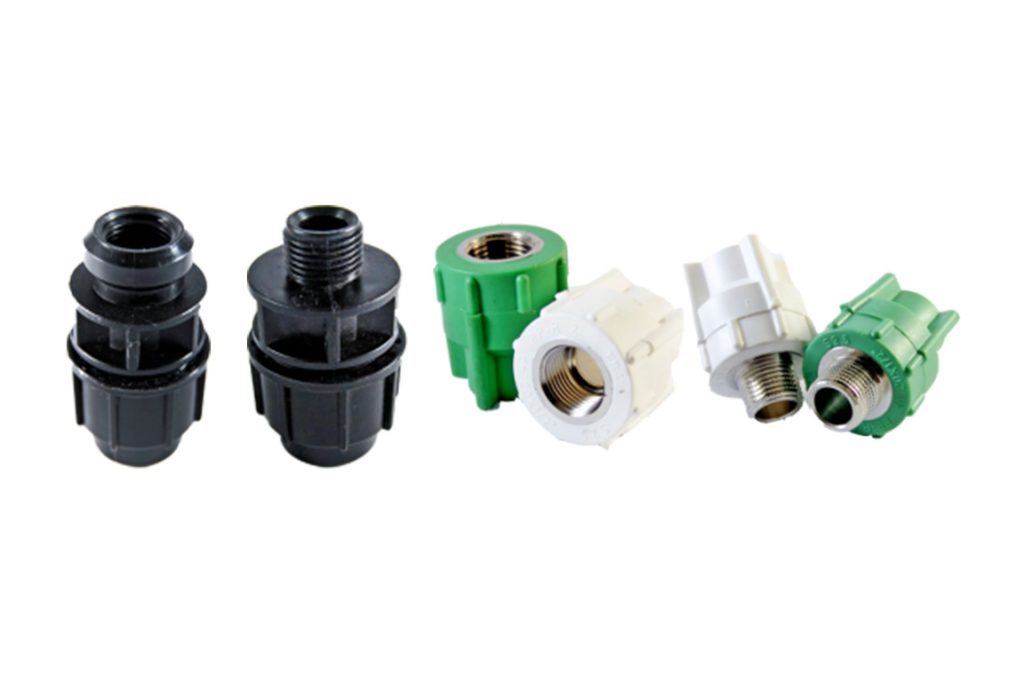
If the pipes do not have special or plain ends, adapters thread them either male or female, depending on the situation. Copper and PVC pipes are often used by adapters. Female adapters have female threads, while male adapters have male threads. The plain end of the adapter is glued, welded, or soldered to the plain pipe end.
8. Plug
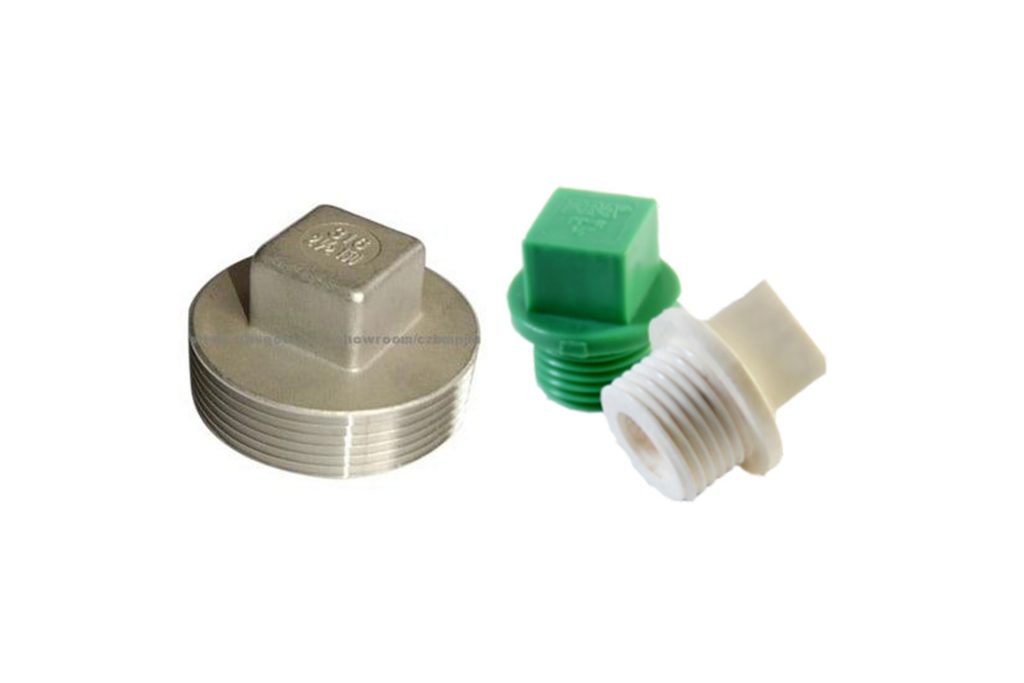
During inspections and repairs, a plug is a plumbing part that is typically used to close pipe openings. Male threads are usually found in plugs. This material is designed to insert the end of the tube pipe’s dead-end flow
9. Cap
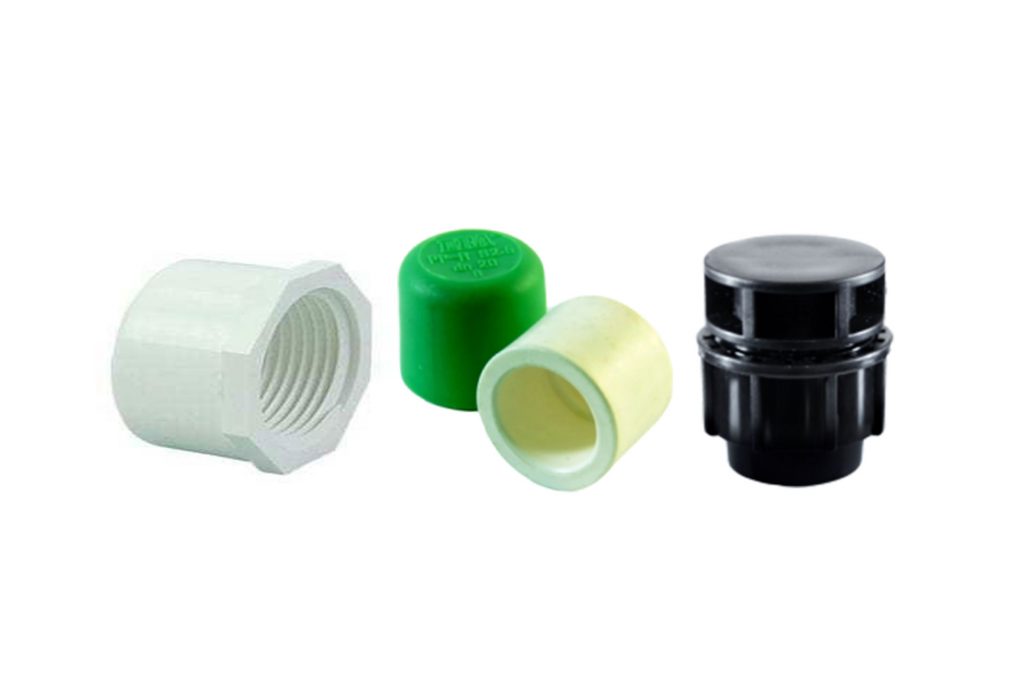
Caps are a type of pipe fitting that performs the same role as plugs, with the exception that plugs have male threads and caps have female threads that screw onto the male thread of the pipe. These come in a variety of materials, including rubber, copper, steel, and plastic.
10. Valves in Pipe Fittings
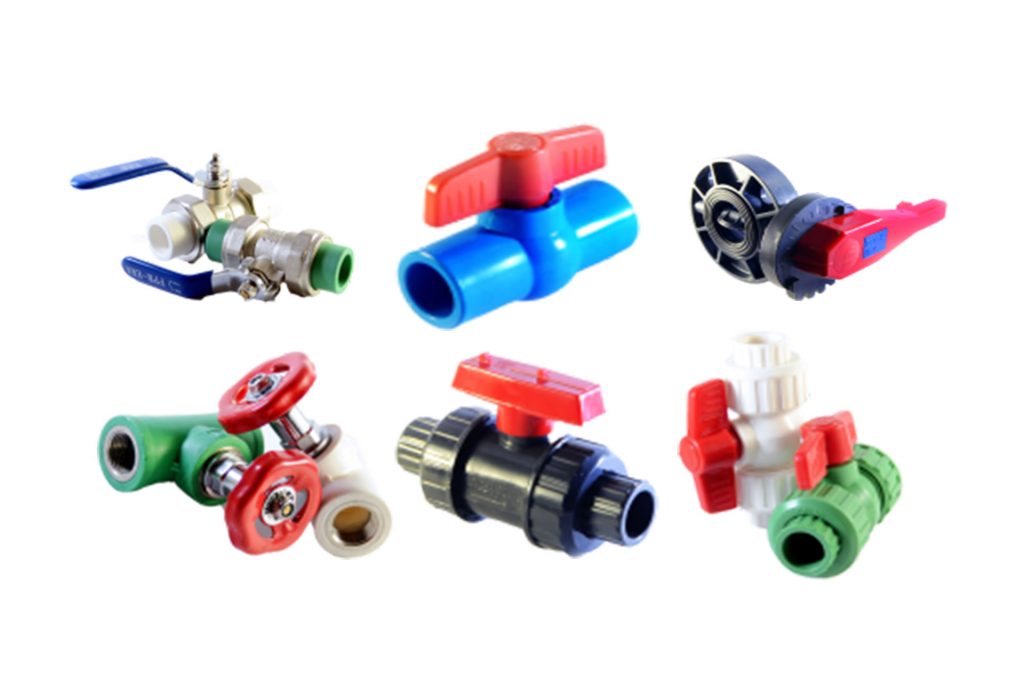
Valves are plumbing system components that are used to stop or control the flow of fluid along its direction. Depending on the application, there are different types of valves available. For isolation use, you need a gate valve, plug valve, or ball valve. If you need a valve that is used in preventing the reverse flow, use a check valve. Lastly, if you need something for throttling or controlling the volume of a vaporized fuel, use a globe valve, butterfly valve, or diaphragm valve.
For references of the pipe fittings, visit our page and don’t forget to check out our other products. Inquire now and we will offer you our best products.
Keep in touch with us by liking and following us on our Facebook page to keep you updated with us.
